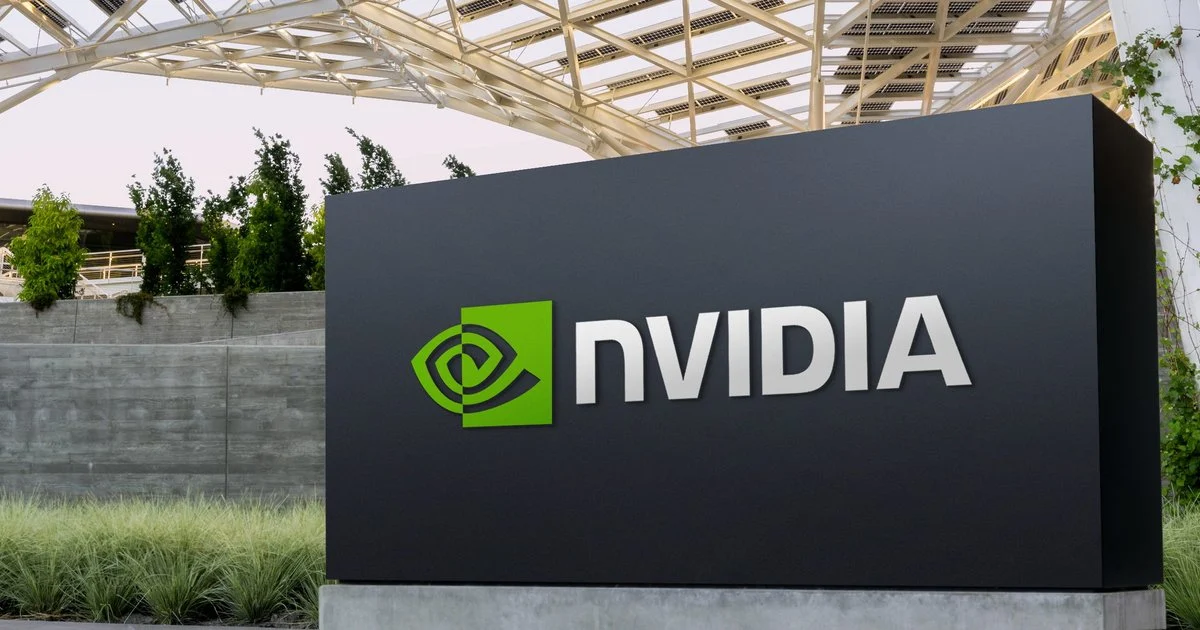Taking a huge and bold step that will fundamentally reshape the future for U.S semiconductor production, Nvidia is reportedly planning to pump hundreds of billions of dollars into domestic chip and electronics manufacturing over the next four years.
This announcement made by CEO Jensen Huang, shows a definite shift and a big step forward as the powerhouse of AI looks to deal with the geographical tensions, trade policies and supply chain vulnerabilities.
But beyond the large investment figures, what’s more meaningful here is what this decision does to the tech industry and US manufacturing and the competition surrounding AI chips at present.
The Geopolitical and Trade Policy Influence
The core of Nvidia’s shift is managing political risks. Like other major tech giants, Nvidia relies very much upon TSMC in Taiwan for manufacturing of its advanced chips.
However, the rising tension between the US and China, Taiwan’s political fragility, and Trump’s trade policies have created uncertainty in supply chains.
Trump’s “America First” economic stance that stresses domestic production and limits reliance on foreign manufacturers is already encouraging firms like Apple to rethink their production strategies. Now, Nvidia seems to be following suit, recognizing the risks from too much dependence on Taiwan.
The AI Boom and Power-Hungry Data Centers
Beyond political stands, there is actually a technological and economic angle to Nvidia’s massive investment.
At this year’s developers conference Nvidia revealed its latest chip very recently, Vesna Rubin. Hence this signifies an ongoing commitment by Nvidia to develop artificial intelligence of a high level.
However, building AI systems isn’t just about chips, it’s about the kind of infrastructure you have that backs them up. Huang stresses the need for large data centers with enormous energy capacity.
The U.S. government’s potential backing of AI development and energy security could make domestic production more viable.
What This Means for U.S. Chip Manufacturing
If Nvidia follows through with their investment plans, then the semiconductor industry in the U.S is likely to see its biggest boost in decades.With TSMC already investing $100 billion in Arizona chip fabs, and the Biden administration previously securing a $65 billion commitment for domestic semiconductor production, Nvidia’s move adds further momentum to the push for self-sufficiency.
But Huang’s words show that the company is definitely not fully severing ties to Taiwan. While diversifying production is a strategic move, Nvidia still acknowledges that manufacturing in Taiwan remains a core part of its operations.
Challenges Ahead: Regulatory Hurdles and China’s Response
Despite Nvidia’s big dreams, exporting AI chips is becoming a significant challenge in the United States. As the Biden administration has already imposed significant limits on selling high performance chips to China, with further restrictions expected in May.
Huawei and other Chinese companies have also intensified their own development of AI chips and are therefore stepping up competition.
Recent reports suggest Nvidia has just spent $320m acquiring another firm synthesizing data called Gretel. This bang ups the company’s attention to solutions powered directly by AI. Generating synthesized data might help Nvidia avoid regulatory hurdles when training models on real world data.
That said, Nvidia’s bold investment shows a shift in the global tech space, but its success will depend on how well it navigates geopolitical tensions and supply chain challenges.
While this move will strengthen U.S. manufacturing, Nvidia still needs to keep strong partnerships with partners in Asia. As the AI chip race intensifies, this strategic bet could either secure their position or test its ability to adapt in an increasingly complex market.






